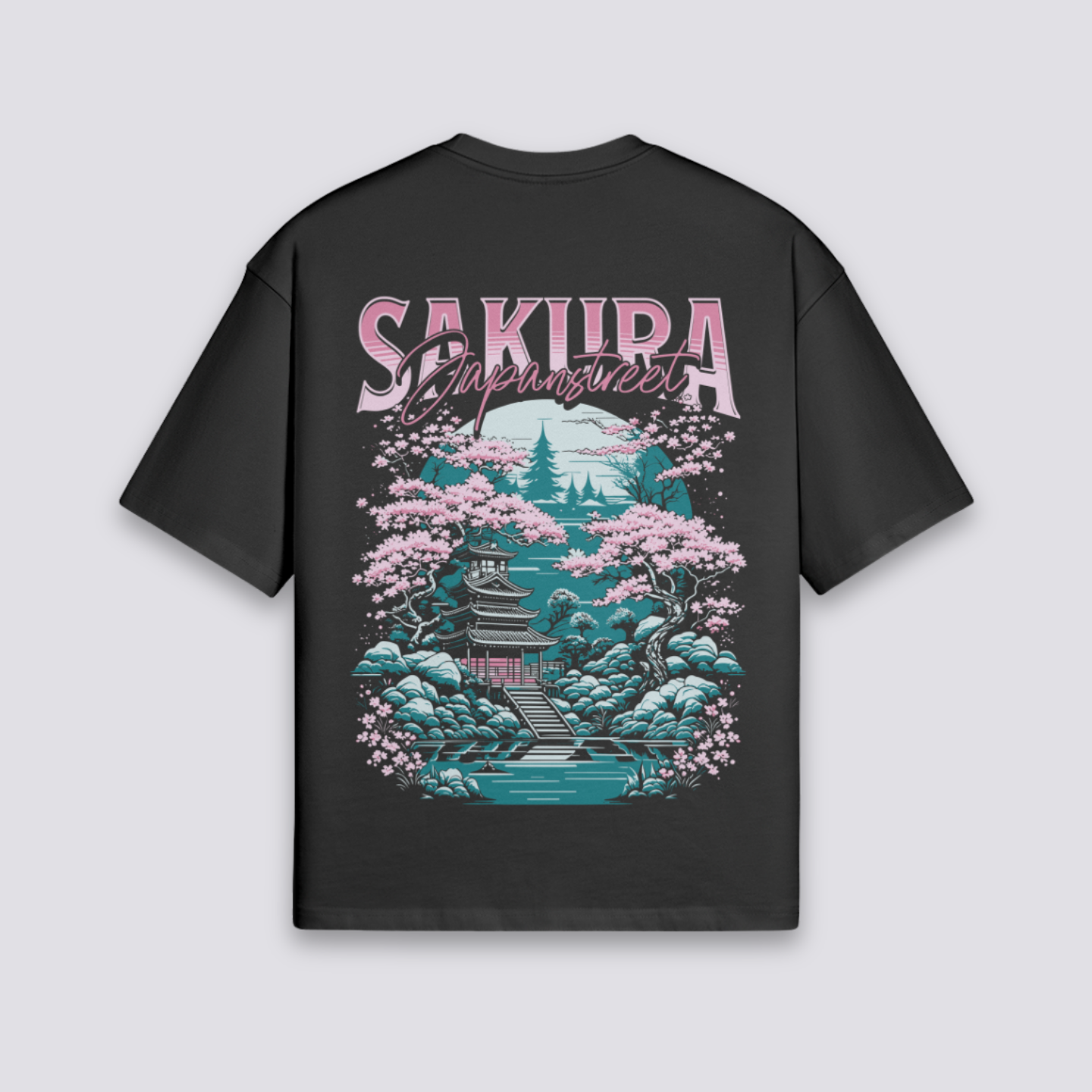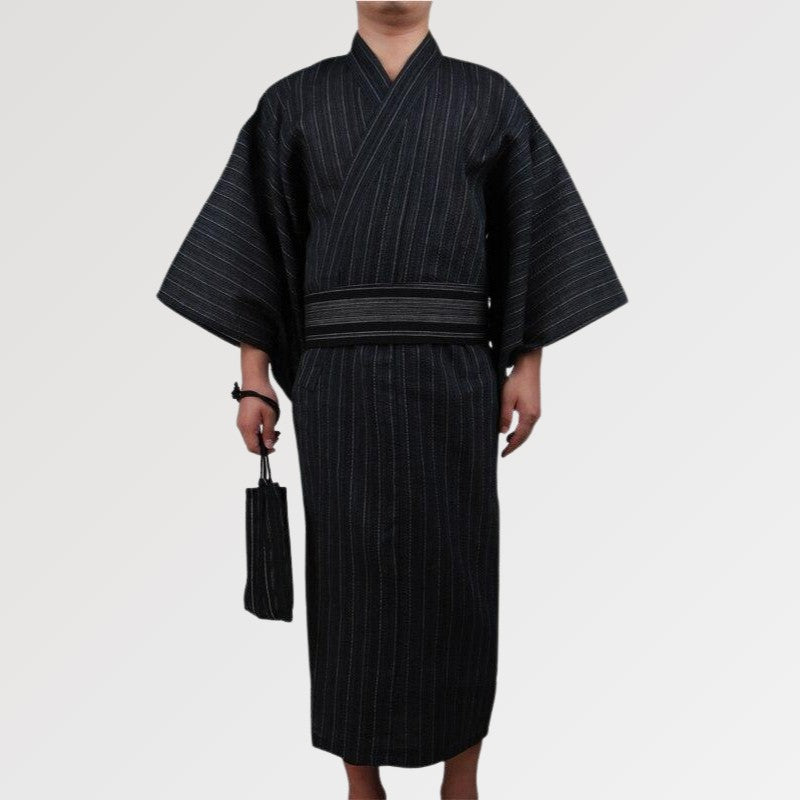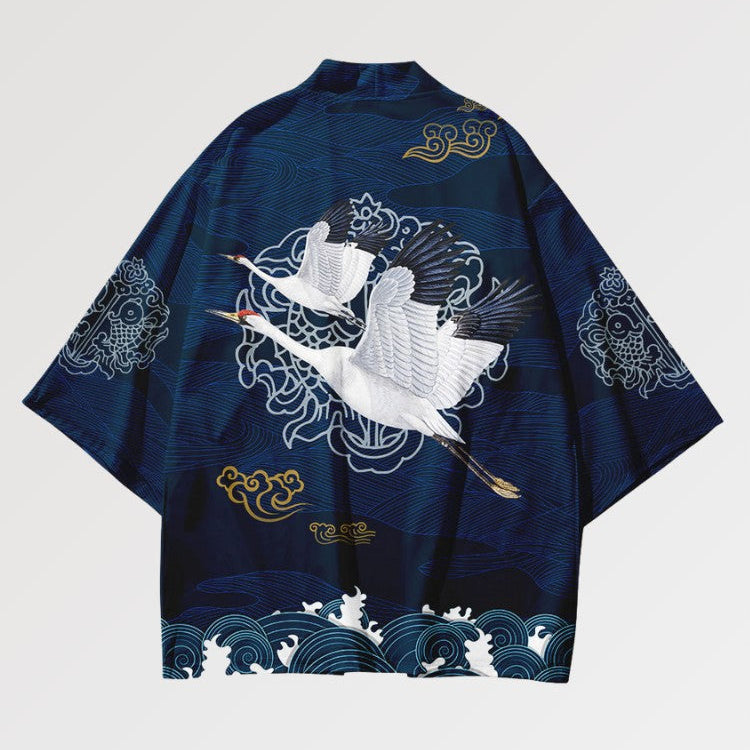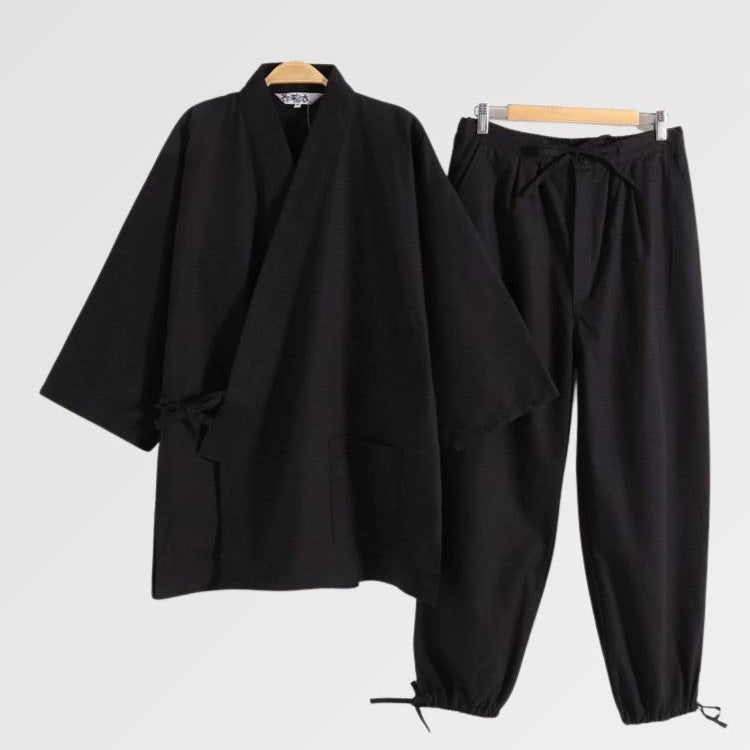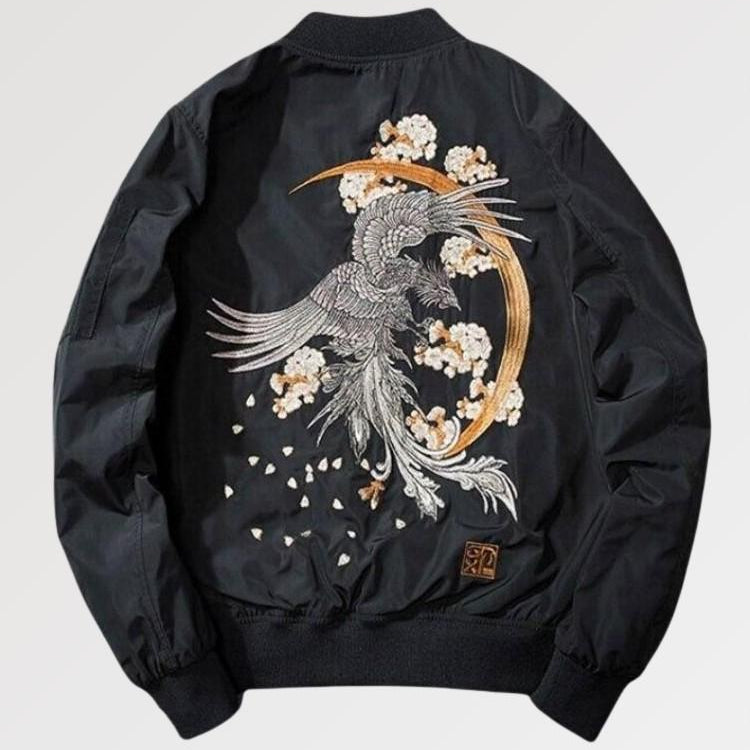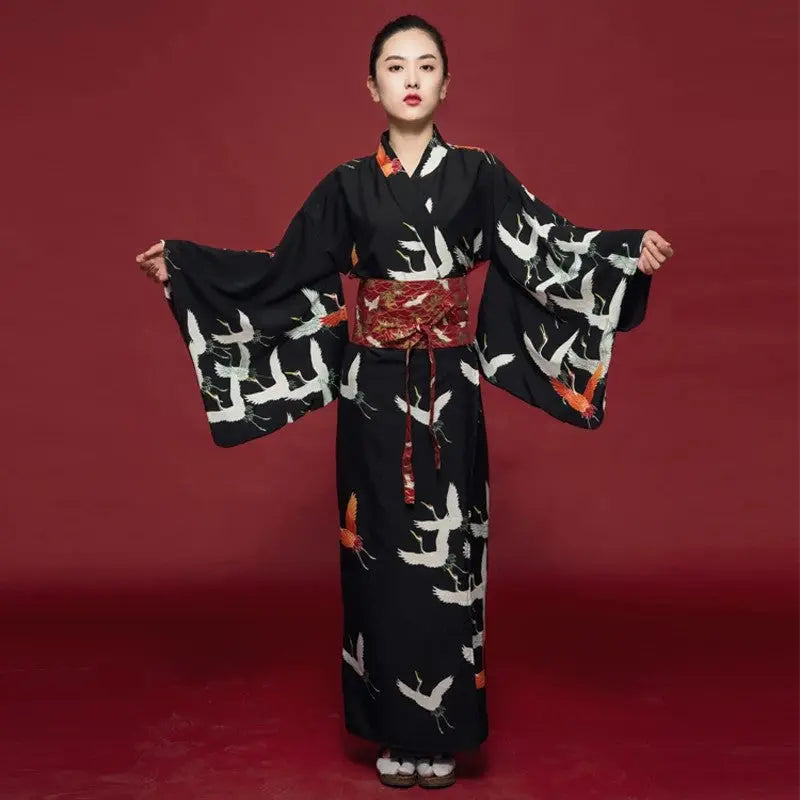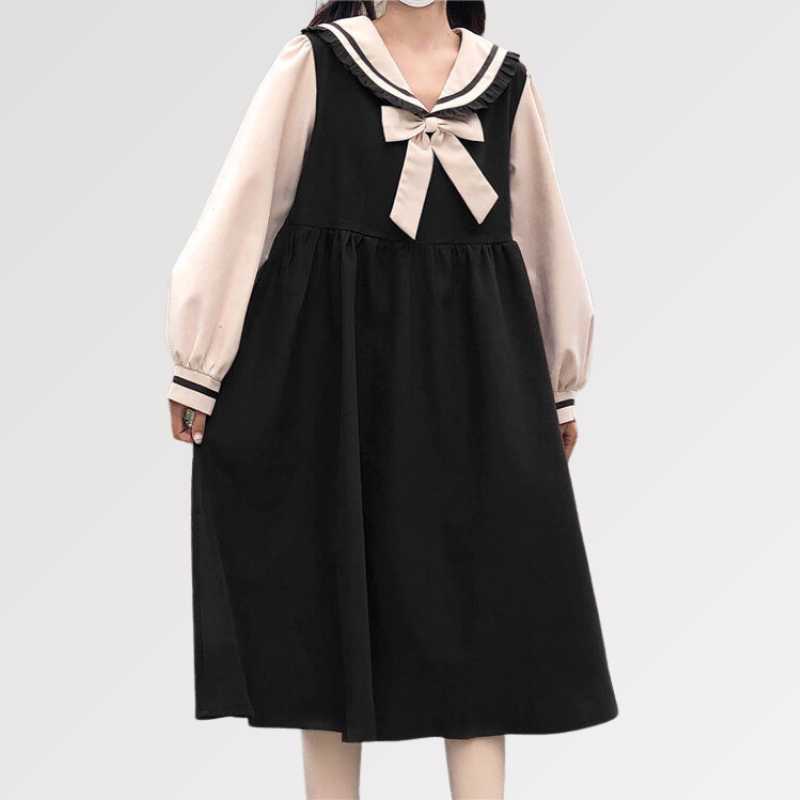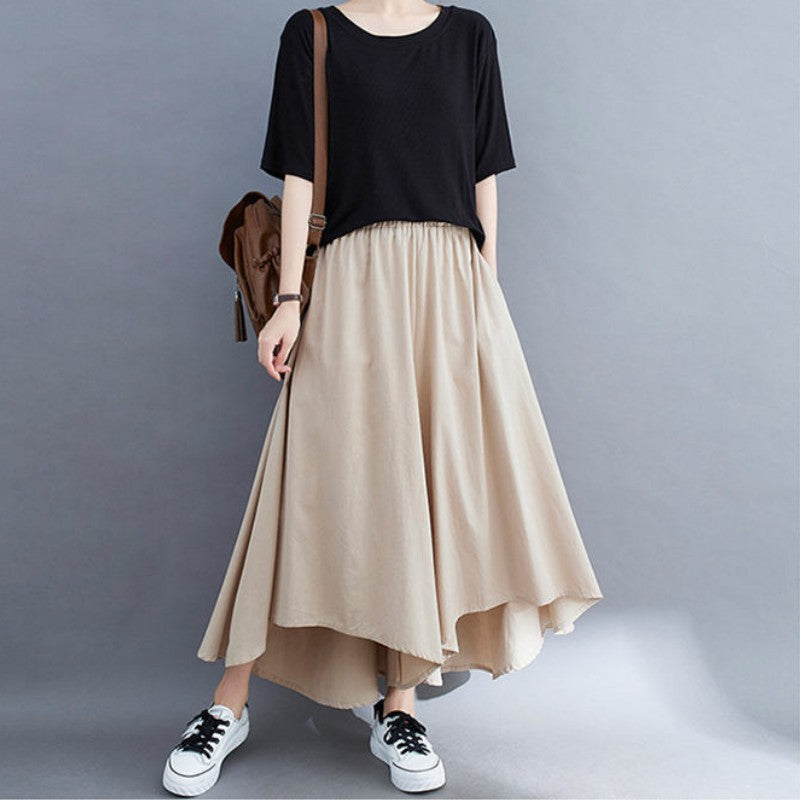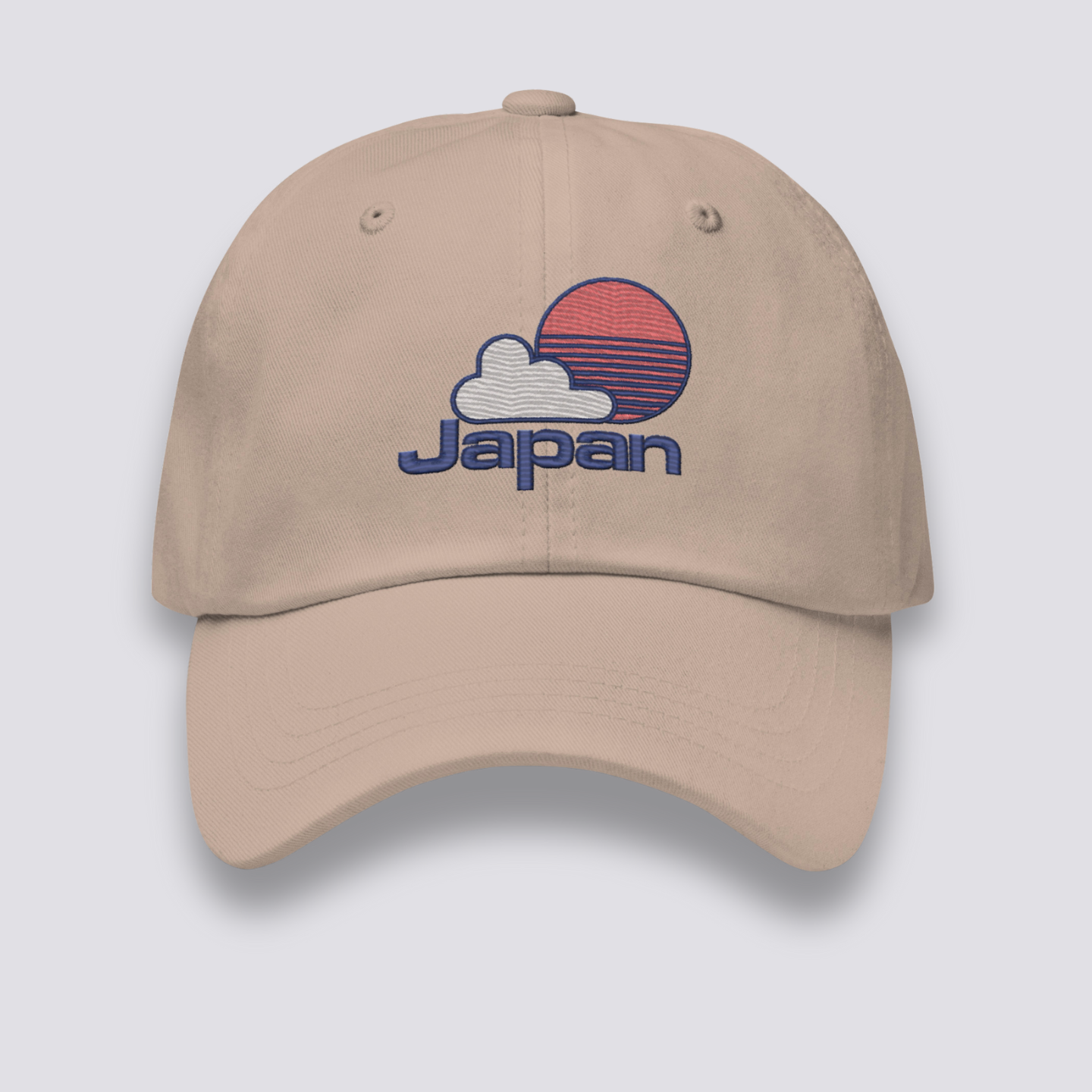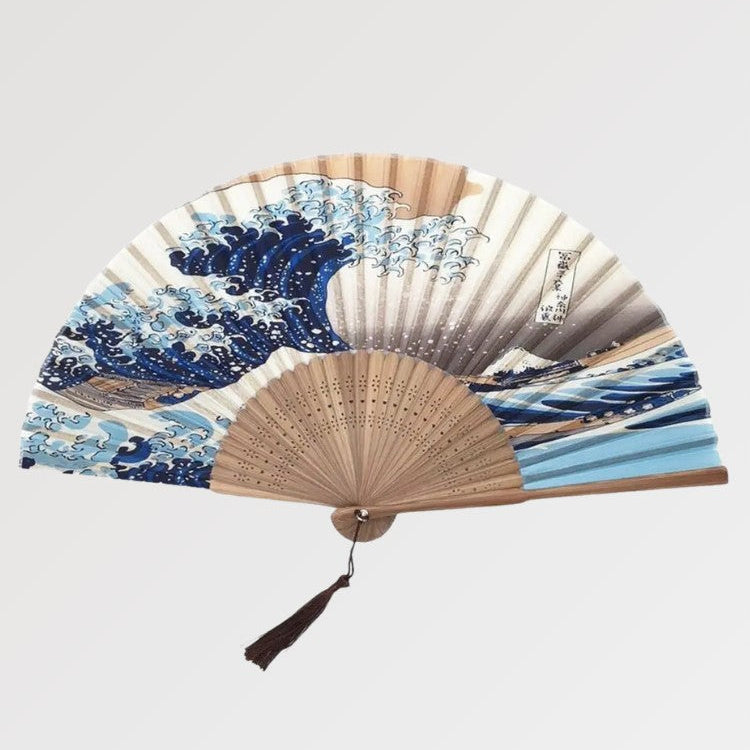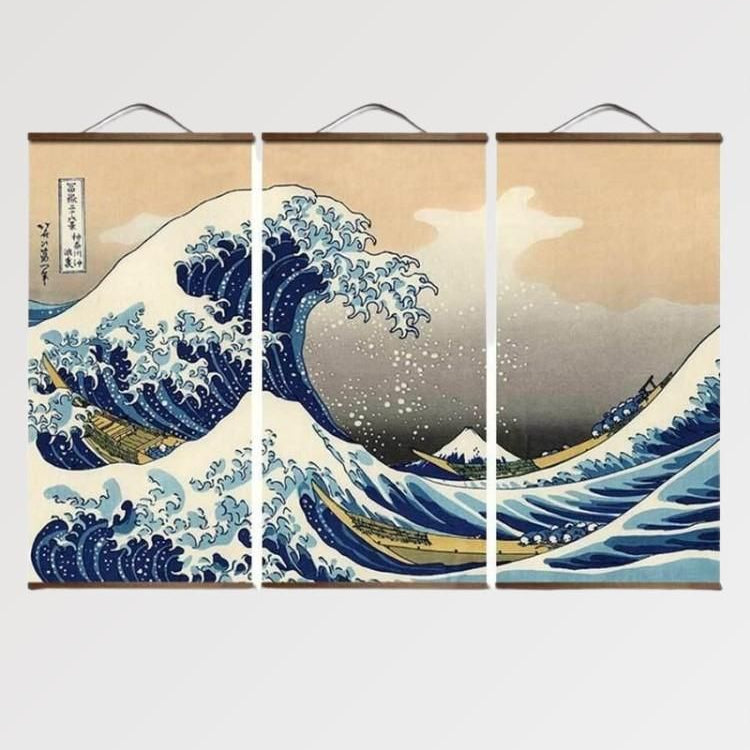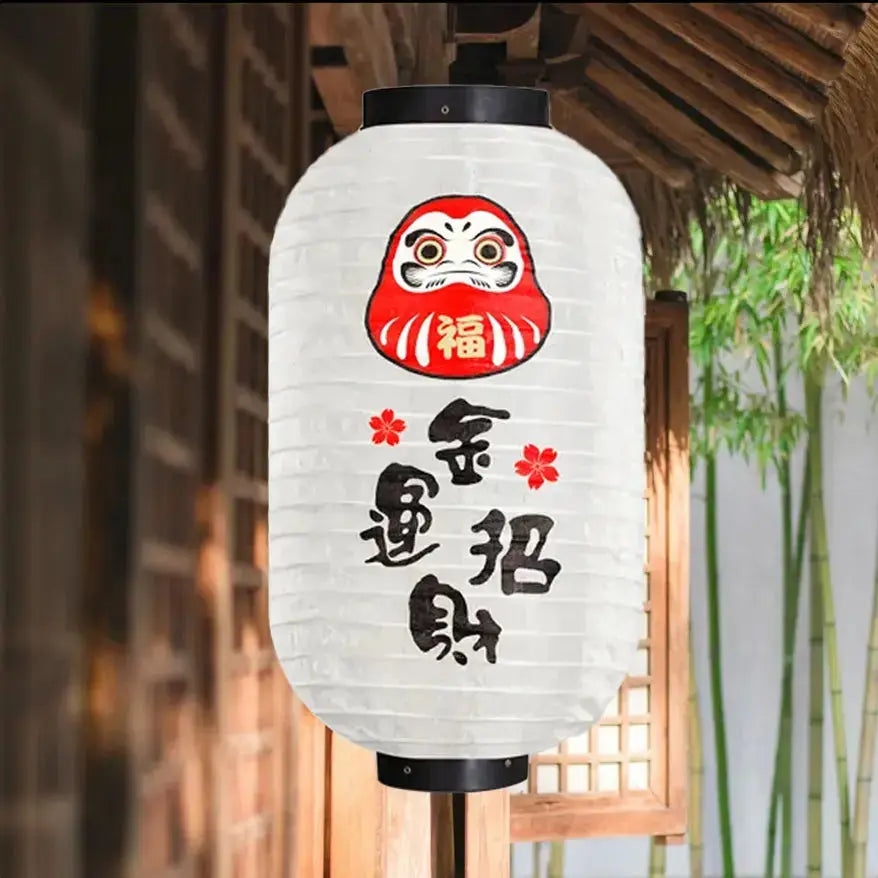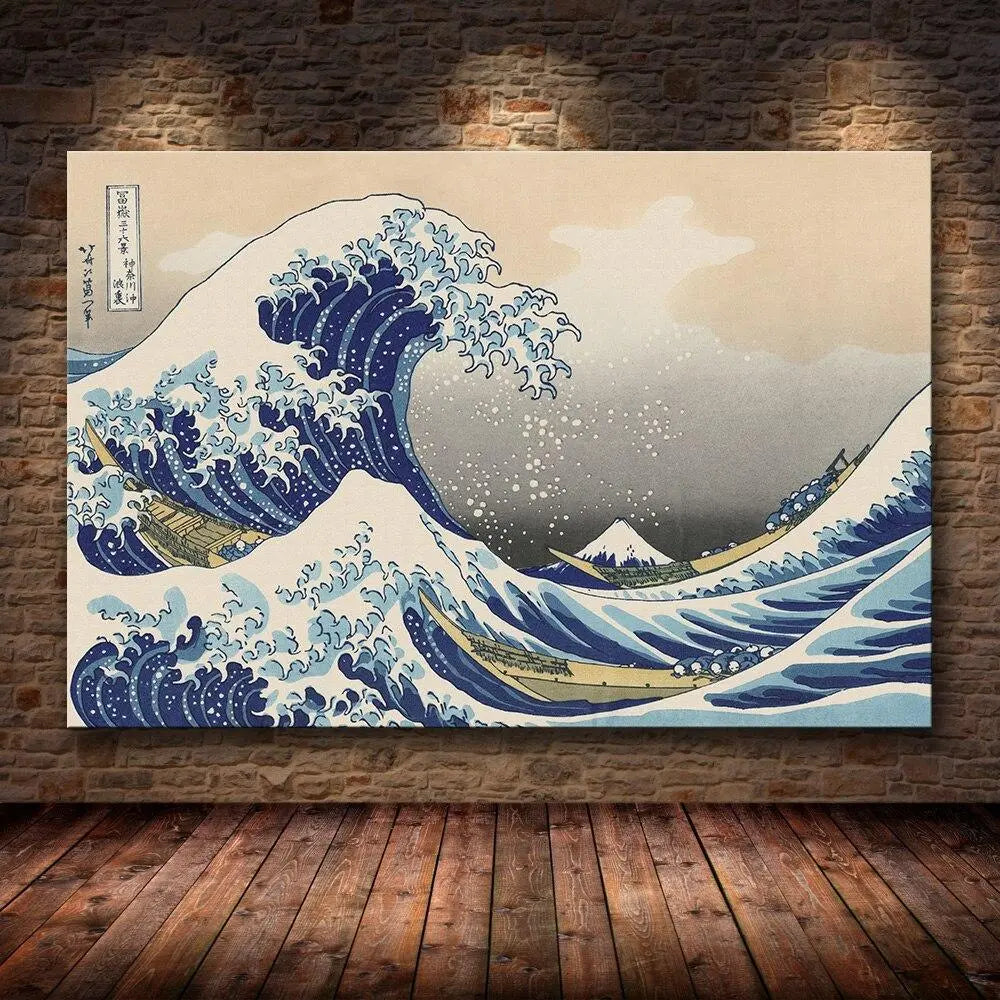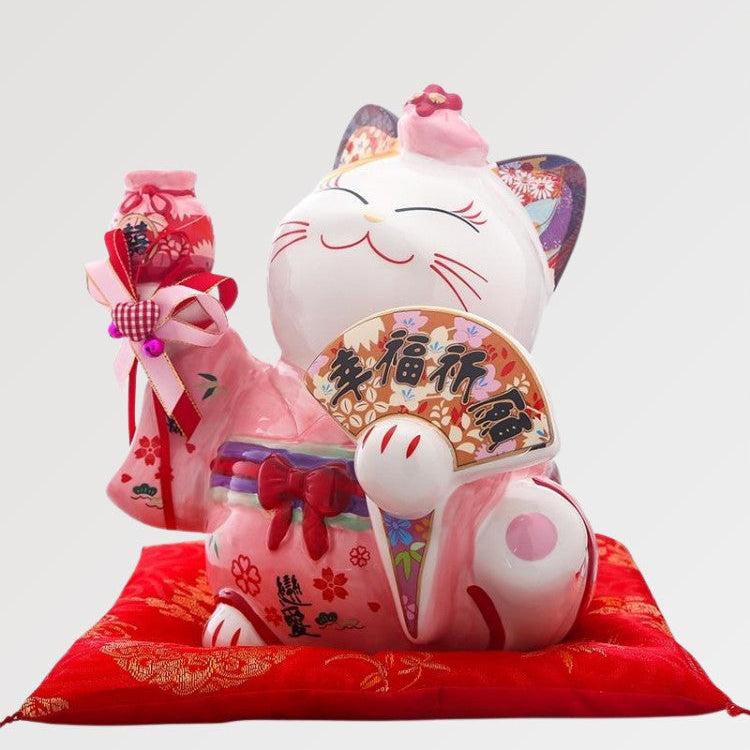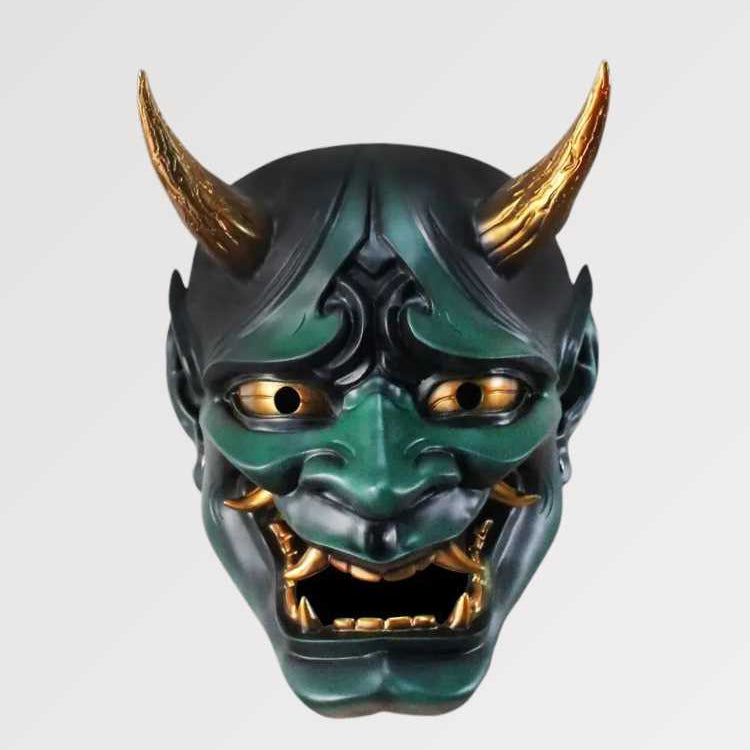In the land of the Rising Sun, the culture is millenary, stemming from their imperial past, and the numerous traces left by this very charged past makes all the richness of current Japan.
Japan conceals many treasures and some of them are known throughout the world, between temple and sanctuary, between Buddhism and Shintoism, let's discover together the 10 most emblematic japanese symbols!
1. Japanese flag

The national flag of Japan is officially called the Nisshoki, which means "the flag of the sun mark". This name refers to its appearance, which is a reddish circle on a white background. A true Japanese flag should have a height to length ratio of 2 to 3. In addition, the circle must be placed precisely in the center of the white field and measure three-fifths of the length of the flag.
The flag of Japan represents the sun, which has important religious and mythological significance in the country. Local beliefs suggest that Amaterasu, the sun goddess, is a direct ancestor of the emperors of Japan. This relationship between the sun goddess and the emperor gives legitimacy to those in power. In fact, the Emperor is often called the Son of the Sun, and the country is often called the Land of the Rising Sun.
The symbolic red color of the sun would represent a prosperous future for Japan. The white background color symbolizes the purity, honesty and integrity of the Japanese people.
2. Mount Fuji: the sacred mountain

Mount Fuji is one of the most iconic symbols of Japan. At 3766 meters, this active volcano is the highest peak in the country. Classified as a UNESCO World Heritage Site, Mount Fuji is very popular with tourists. To climb this mountain, many hours of queue are waiting for you, but the surprise and the beauty of the view of the sunrise at the top will only be better. For japanese people, Mount Fuji is considered as a sacred mountain and it is the duty of every Japanese person to visit it at least once in his life. In tradition, every man who reaches the top becomes a great man, and in Buddhism, this ascent represents the path to enlightenment.
At other times, Mount Fuji was known to be visible from Tokyo, the Japanese capital. This sacred mountain is also famous for its depictions by the Japanese artist Katsushika Hokusai, on Japanese prints, in the series of thirty-six views of Mount Fuji and the most famous of which is the Great Wave of Kanagawa.
3. Maneki-Neko: lucky cat

Very superstitious, Japanese people are very attached to their customs, their culture and their traditions. That's why, in Japan, you will often find this figurine of a cat raising its paw, on many occasions. In the Land of the Rising, the cat represents luck and prosperity. Maneki-neko are considered as real japanese good luck charms. Japanese citizens often place it at the entrance of shrines or restaurants to "attract" visitors or customers. Many tourists buy a maneki-neko as a souvenir of their trip to Japan and hope that the cat will bring them luck and prosperity.
4. Sakura: cherry blossoms
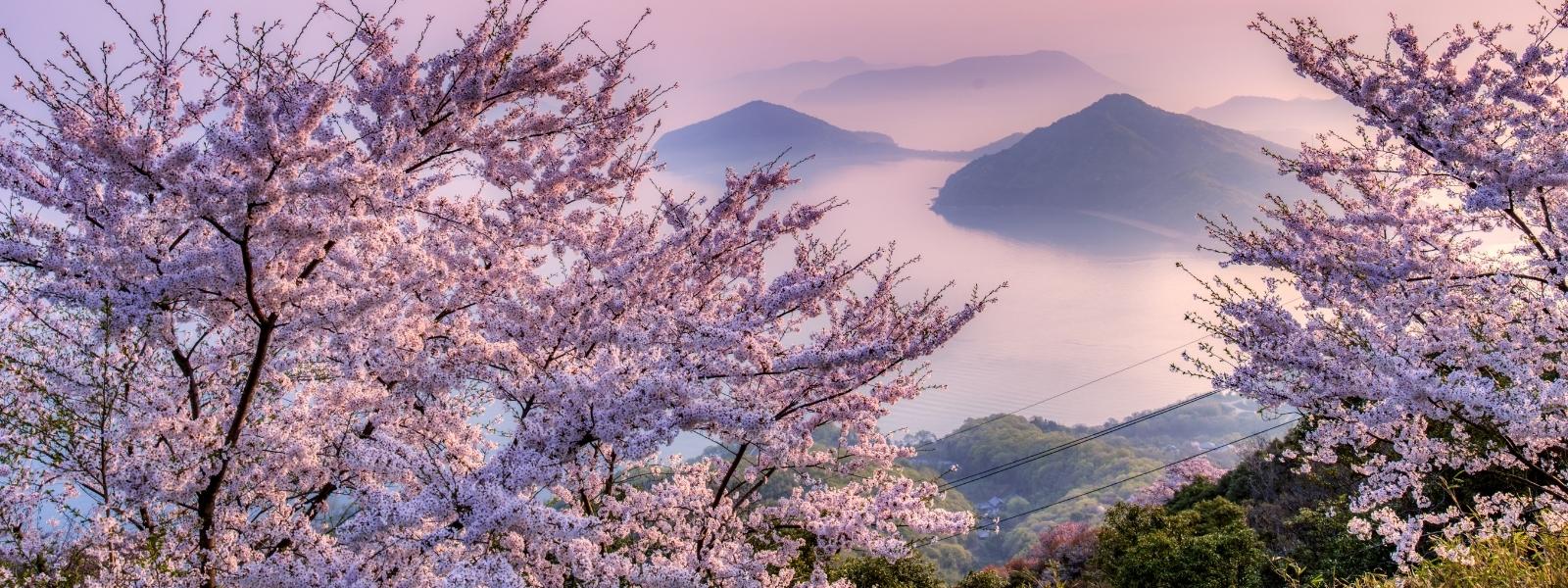
Sakura (桜) in japanese means "cherry blossom". So Japan is not known as the land of cherry blossoms for nothing. Every year, the Land of the Rising Sun welcomes many visitors, coming to witness the blossoming of these trees, between late March and early April. For the japanese, this period is a real custom and is called Hanami, literally meaning "to watch the flowers". During this period, many tourist tours follow the cherry blossom trails. Cherry blossoms are a true japanese symbol, representing youth and the ephemeral nature of life.
5. Geisha: a japanese woman of art

Geisha (芸者), in Japanese, literally means 芸 (Gei) art and 者 (Sha) woman, so it means a woman with artistic skills. Geishas are very recognizable by their sophisticated attire, notably marked by a beautiful kimono, heavy makeup and a neat hairstyle. Some geishas complete their outfits with an umbrella or fan. To become a geisha, one must master various arts such as dance and handicraft techniques. They therefore follow a course of study in a specialized school. Thanks to this, the woman of art becomes not only a living symbol of art but also a symbol of mystery, wisdom and hidden beauty.
6. Samurai: the japanese warrior

Samurai were ancient japanese warriors whose lives were guided by honor and bushidō (武士道 - the way of the warrior). The samurai is known for keeping his loyalty to his emperor (Daimyo), his leader, throughout his life. The main weapon of the samurai was the katana. The japanese knight's temperament was described as impassive, these men did not know fear and were not afraid of dying in battle. In modern Japan, these japanese warriors symbolize loyalty, honor and respect.
7. Daruma: the lucky doll

The daruma (ダルマ達磨) is a figure resembling a Russian doll, which wobbles when touched but always regains its balance. The japanese are inspired by this feature, to bring it closer to real life, and suggests that every man and able to get up after a difficult ordeal, like the daruma.
When you buy a daruma, the doll has no pupil. As soon as one sets a goal, whether professional, sporting or social, one can paint one of the daruma's pupils, symbolizing the gaze towards the goal. Once the goal is reached, the second pupil of the daruma can be painted. The doll is then burned during the daruma-kuyō ceremony. The japanese may then obtain an even larger daruma in order to aim for a larger goal.
8. Sushi

When we think of sushi, we often think of the beautiful islands of Japan, where exotic cultures of seafood collide with the distinctive grain of the rice of the Orient. The iconic appeal of sushi goes far beyond the popular concept of rice and raw fish, which is actually sashimi, which is just one of many variations of traditional sushi. The universal popularity of sushi can be found in virtually every city in the world, where a sushi restaurant serves as a multicultural calling card of japanese culture.
Sushi is to japanese cuisine what pasta is to Italy. An incredibly simple dish in its composition - vinegared rice is combined with a variety of fresh vegetables and seafood, which is then combined with wasabi, pickled ginger and soy sauce.
9. Manga: japanese comics

Manga (漫画) are comics created in Japan that use their own style of drawing characters. Everyone in Japan reads manga; it is a very popular art form that features every genre you can imagine. Their popularity in the West has been growing steadily for the past few decades. Manga should not be confused with anime, which are japanese animated series and movies. However, many anime (Japanese cartoons) are adapted from a manga source.
During the post-war period, manga, as we know it today, began to emerge. The most prominent figure of this era is Osamu Tezuka, whose work still influences artists today. His works have also been adapted into animated shows, including Astro Boy. His comics were drawn in a dynamic way, almost as if you were watching an animated show, and this style influenced many manga artists later on.
Another prominent figure was Machiko Hasegawa, with her manga Sazae-san. She focused on the daily lives of mostly female characters, which was a novel at the time. In 1969, a group of female artists started to draw manga especially for girls and women. This type of manga is called josei-manga.
10. Japanese temples and shrines

In Japan, two important religions live together in perfect harmony: Buddhism and Shintoism. There are two types of religious monuments: Buddhist temples and Shinto shrines.
Temples have a large incense burner and many Buddhist statues, which may or may not have a cemetery attached to them, while shrines have a large door, often vermilion red, called a torii, or sacred door, that stands at the entrance.
Buddhism was originally brought from India to China, and then was introduced and spread throughout Japan during the Heian era.
On the other hand, Shintoism was born in ancient Japan. The idea of Shinto is that there are thousands of different kinds of gods in this world, such as mountains, rivers, stones and trees. It is said that there are eight million gods in Japan, although this number is supposed to mean that there are an infinite number of gods and goddesses presiding over a wide variety of different subjects.
Both are very familiar to the ordinary japanese, although many japanese do not consider themselves particularly religious. Temples and shrines are visited alternately for New Year's, but traditional japanese weddings take place at shrines, and funerals at temples. This bond of belief has existed in Japan for centuries.
